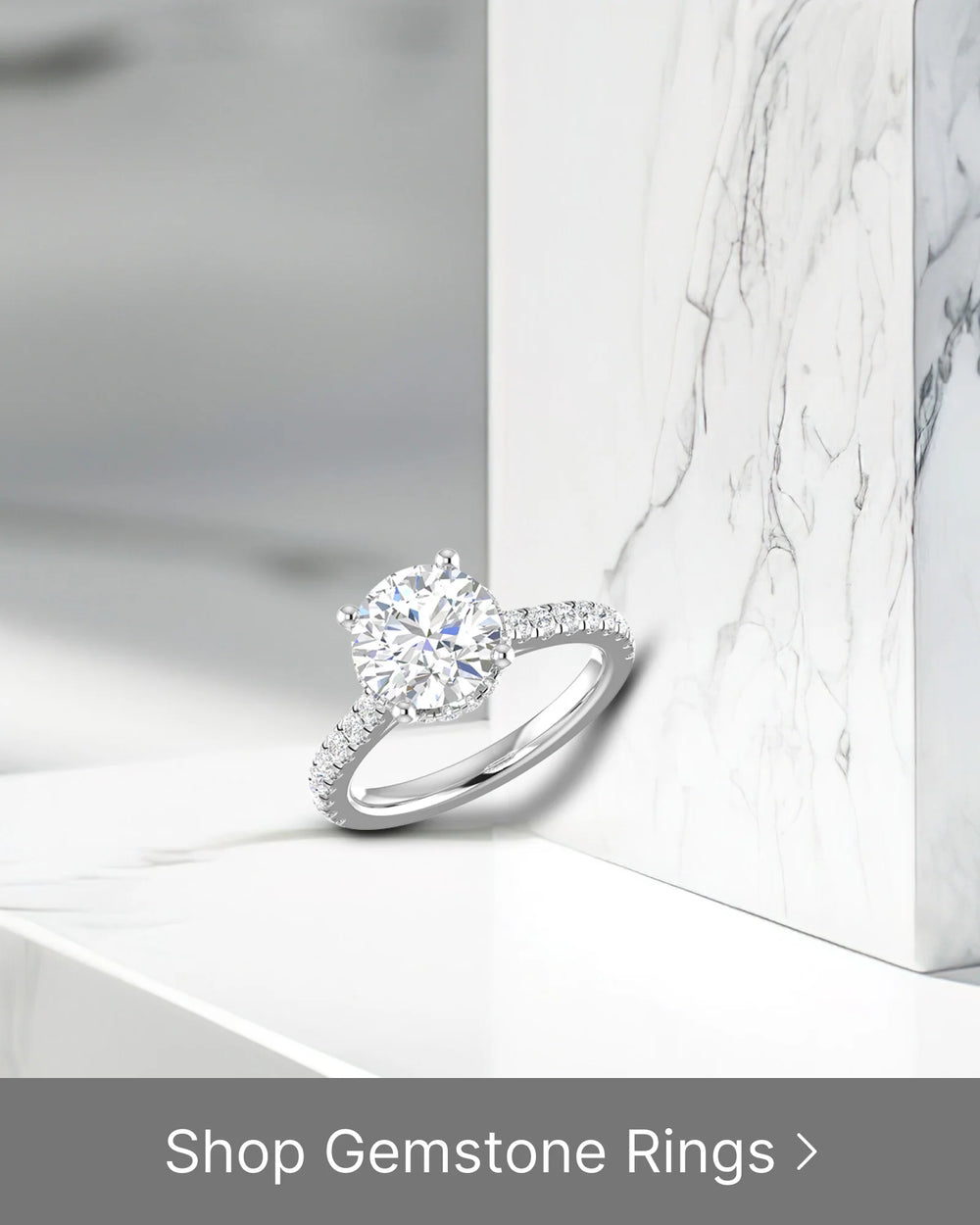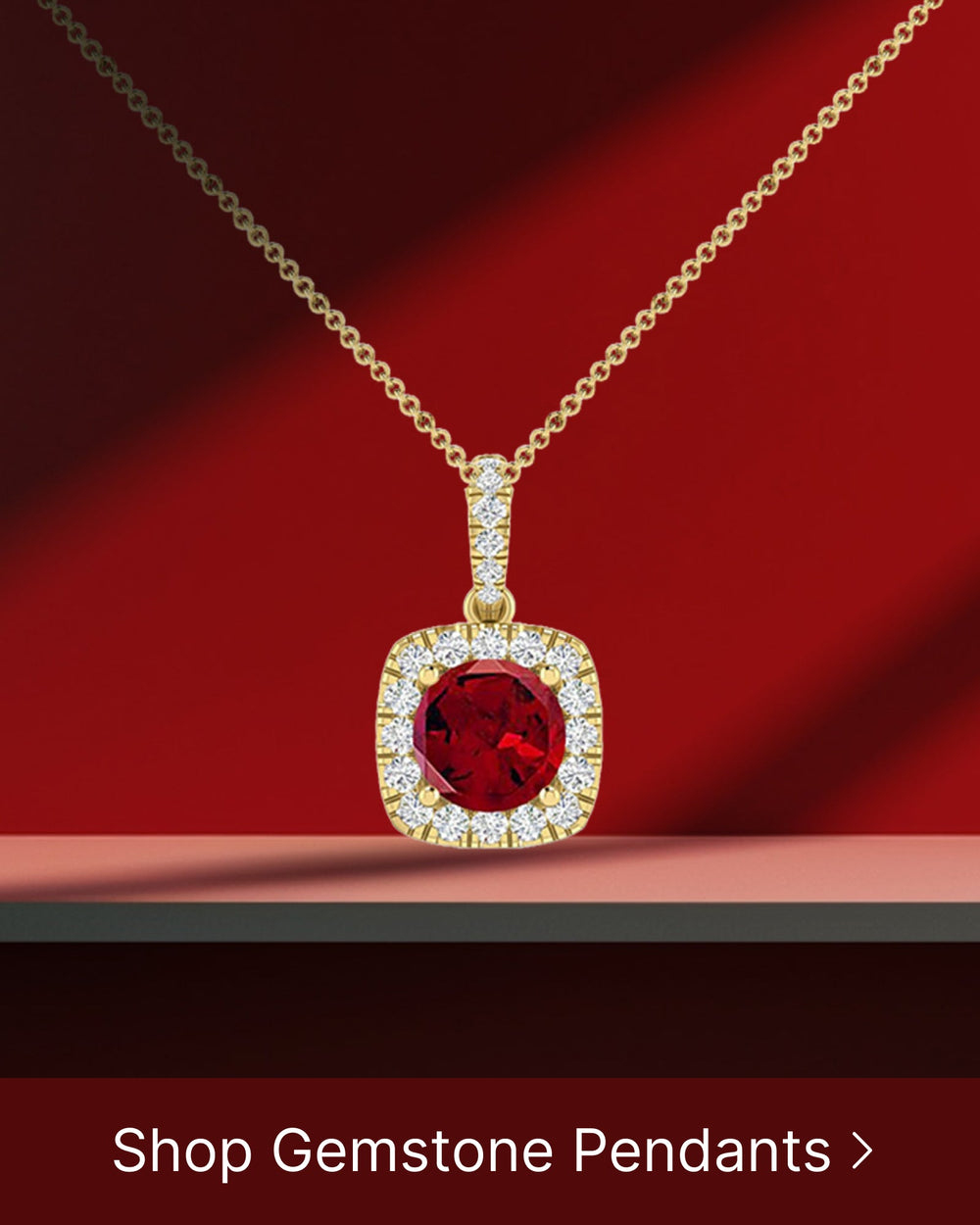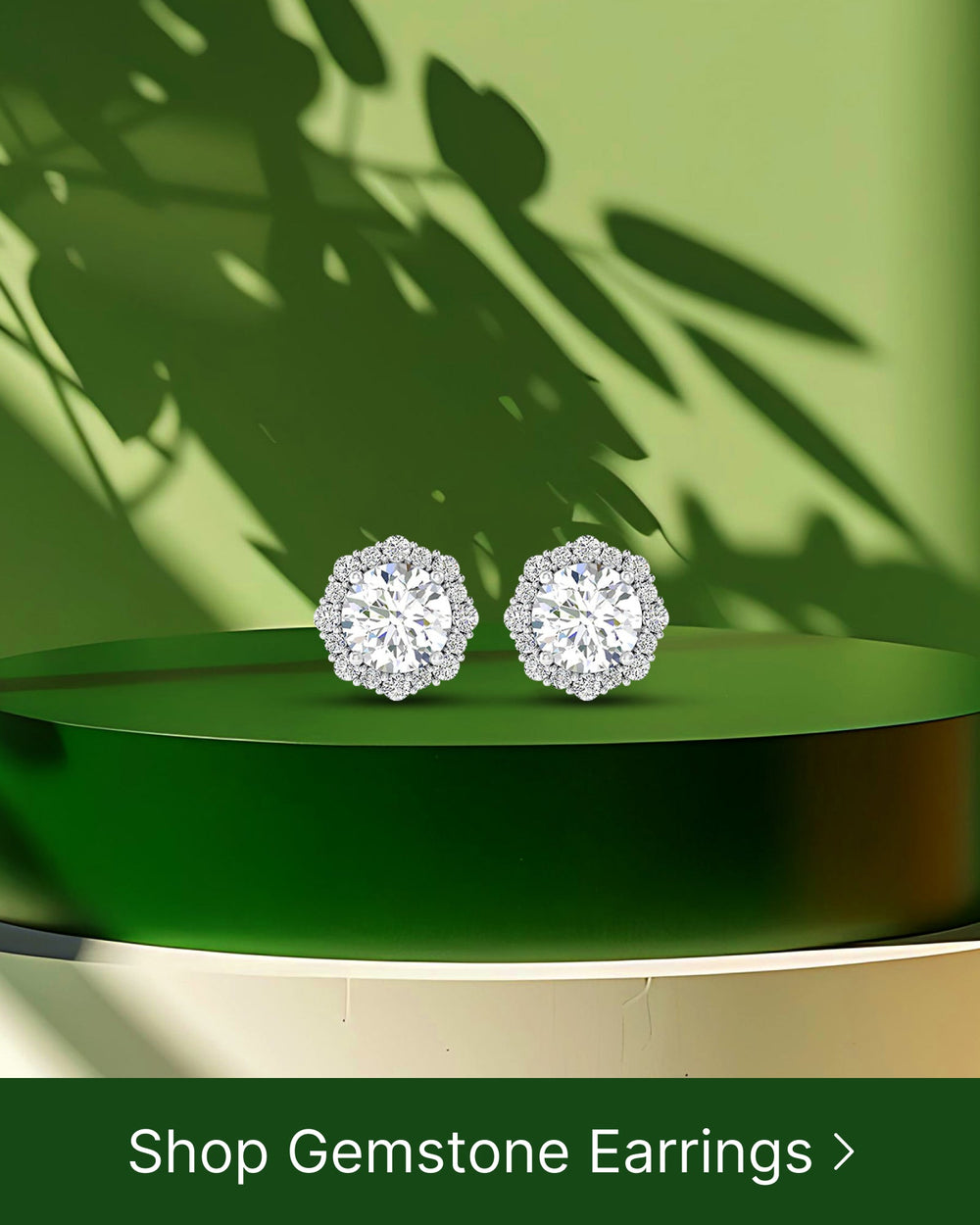Introduction
When it comes to choosing pearls, there are many factors to consider. Two popular options in the world of pearls are Akoya and South Sea pearls. While both are exquisite, they have distinct characteristics that set them apart. In this article, we will explore the basics of pearls, the origin and cultivation process, physical characteristics, durability and maintenance, as well as price and value considerations. By the end, you'll have a better understanding of which type of pearl is the right choice for you.
Understanding the Basics of Pearls
Pearls are unique gems that are formed within living organisms called mollusks. They are created when an irritant, such as a grain of sand or a piece of shell, enters the mollusk's body. In response, the mollusk secretes layers of nacre, a substance that hardens over time, forming a pearl. Pearls are found in various parts of the world and come in different shapes, sizes, and colors.
Did you know that pearls have been treasured for centuries? In ancient times, they were considered symbols of wealth and power. The rarity and beauty of pearls made them highly sought after by royalty and nobility. Even today, pearls continue to be a symbol of elegance and sophistication.
When it comes to pearls, there are different types to explore. Let's take a closer look at two popular varieties: Akoya pearls and South Sea pearls.
What are Akoya Pearls?
Akoya pearls are a type of saltwater pearl that is primarily cultivated in Japan and China. They are known for their classic luster and round shape. Akoya pearls are usually smaller in size compared to other pearl varieties, ranging from 2mm to 10mm in diameter. They come in a range of colors including white, cream, and pink.
What makes Akoya pearls special is their exquisite quality. The process of cultivating Akoya pearls involves carefully implanting a small bead into the mollusk, which acts as the irritant to stimulate pearl formation. The mollusks are then nurtured in pristine waters, allowing them to produce pearls with exceptional luster and smooth surfaces.
Akoya pearls have a timeless appeal and are often used in classic pearl jewelry pieces such as necklaces, earrings, and bracelets. Their elegant beauty makes them a popular choice for formal occasions and special events.
What are South Sea Pearls?
South Sea pearls, on the other hand, are cultured in the warm waters of the South Pacific, mainly in Australia, Indonesia, and the Philippines. These pearls are known for their large size and luxurious appeal. South Sea pearls can vary in size from 9mm to 20mm in diameter and are often found in creamy white and golden tones.
Did you know that South Sea pearls are among the rarest and most valuable pearls in the world? Their size, rarity, and natural beauty make them highly prized by collectors and pearl enthusiasts. The cultivation process for South Sea pearls is more challenging compared to other varieties, which contributes to their exclusivity.
South Sea pearls have a unique glow that is often described as a soft, satiny luster. Their larger size allows for more surface area to reflect light, resulting in a captivating radiance. These pearls are often used in high-end jewelry designs, creating statement pieces that exude luxury and sophistication.
Whether you prefer the classic elegance of Akoya pearls or the luxurious allure of South Sea pearls, both varieties offer a stunning array of options for pearl enthusiasts. From their formation within mollusks to their cultural significance and exquisite beauty, pearls continue to captivate and fascinate people around the world.
The Origin and Cultivation Process
The process of cultivating pearls involves carefully inserting a small irritant, often a mother-of-pearl bead, into the mollusk. Over time, the mollusk coats the irritant with layers of nacre, creating a pearl. The cultivation techniques for Akoya and South Sea pearls differ slightly.
Pearls have captivated humans for centuries with their lustrous beauty and rarity. The art of pearl cultivation, also known as pearl farming, dates back to ancient times. In many cultures, pearls were considered symbols of wealth, power, and beauty. Today, pearl farming is a meticulous process that combines scientific knowledge with traditional techniques.
Cultivating Akoya Pearls
In Japan, Akoya pearl cultivation is an art that has been perfected over many years. The process starts by inserting a small bead into an Akoya oyster. The oysters are carefully selected based on their size, health, and genetic traits. These oysters are then returned to coastal waters, where they are meticulously cared for until the pearls are ready for harvest. This process usually takes around 18 months to 2 years.
During the cultivation period, the oysters are regularly monitored and protected from predators and diseases. The water quality is closely monitored to ensure optimal conditions for pearl growth. The farmers also provide the oysters with a nutrient-rich diet to promote healthy pearl development. The oysters' growth is closely observed, and any signs of stress or disease are immediately addressed to ensure the best possible outcome.
Cultivating South Sea Pearls
South Sea pearl cultivation requires more time and effort compared to Akoya pearls. The farmers carefully insert a mother-of-pearl nucleus, along with a small piece of mantle tissue, into the oyster. The nucleus serves as the core around which the pearl will form, while the mantle tissue provides the necessary cells for nacre production. These oysters are then placed in oceanic areas where the conditions are ideal for pearl growth.
The cultivation of South Sea pearls takes place in regions such as Australia, Indonesia, and the Philippines, where the oysters thrive in warm, pristine waters. The oysters are suspended in special baskets or cages that protect them from predators and ensure they have access to the nutrients they need. The farmers regularly clean the oysters to prevent the accumulation of marine organisms that could hinder pearl growth.
It takes approximately 2 to 4 years for a South Sea pearl to fully develop. During this time, the oysters undergo a natural process of pearl formation. The layers of nacre gradually build up around the nucleus, creating a lustrous and valuable gem. The pearls that are harvested from these oysters are known for their large size, exquisite luster, and beautiful range of colors.
Both Akoya and South Sea pearl cultivation require immense patience, skill, and dedication. The farmers must carefully balance the natural environment with human intervention to create the perfect conditions for pearl growth. The result is a testament to the harmonious relationship between humans and nature, producing one of nature's most enchanting treasures.
Physical Characteristics Comparison
When it comes to physical characteristics, Akoya and South Sea pearls exhibit noticeable differences in terms of size, shape, color, and luster.
Size and Shape Differences
Akoya pearls are generally smaller and more consistently round in shape. They provide a traditional, elegant look that is favored by many pearl lovers. In contrast, South Sea pearls are known for their larger size and can range in shape from perfectly round to baroque, which offers a unique and captivating appeal.
Color and Luster Comparison
Both Akoya and South Sea pearls come in a variety of colors, but Akoya pearls often display a brighter and more reflective luster. Their lustrous glow is highly sought after, making them a popular choice for formal occasions. South Sea pearls, on the other hand, boast a softer, more satiny luster that exudes sophistication and elegance.
Durability and Maintenance
Another important aspect to consider when choosing pearls is their durability and how to properly care for them.
How Durable are Akoya Pearls?
Akoya pearls are considered quite durable, making them suitable for daily wear. However, they are more susceptible to damage from chemicals and excessive heat. It is recommended to avoid exposing Akoya pearls to harsh substances and to store them separately to prevent scratching.
How Durable are South Sea Pearls?
South Sea pearls are known for their durability and can withstand regular wear. They are less prone to damage from chemicals and heat compared to other types of pearls. However, it is still important to handle them with care and store them in a soft cloth or pouch to protect their luster.
Price and Value Considerations
The price of pearls can vary greatly depending on a combination of factors such as size, shape, color, luster, and overall quality. Akoya and South Sea pearls also differ significantly in terms of cost.
Evaluating the Cost of Akoya Pearls
Akoya pearls are more readily available, which makes them more affordable compared to South Sea pearls. Their price is generally determined by their size, shape, color, and overall quality. Expect to invest anywhere from a few hundred to several thousand dollars for a strand of Akoya pearls.
Evaluating the Cost of South Sea Pearls
South Sea pearls are considered the most valuable and expensive variety of pearls. Their large size, rarity, and exceptional quality contribute to their higher price point. A single strand of high-quality South Sea pearls can cost several thousand to tens of thousands of dollars.
Conclusion
Choosing between Akoya and South Sea pearls ultimately depends on your personal preferences, budget, and the occasion for which you intend to wear them. Akoya pearls offer classic elegance and affordability, while South Sea pearls provide luxurious size and exceptional quality. Consider your desired look, durability requirements, and price range to make an informed decision. With either choice, you'll have a stunning piece of jewelry that will add grace and elegance to any ensemble.





